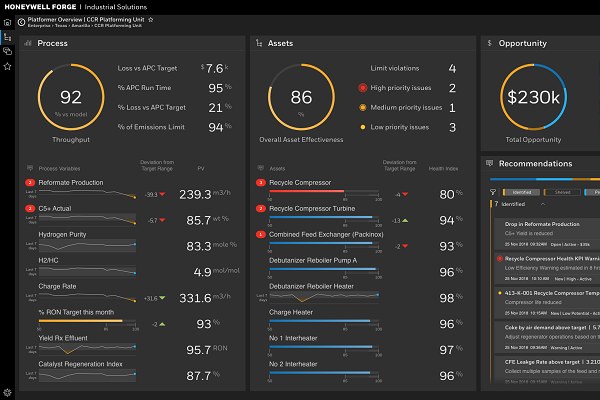Honeywell launches first autonomous building sustainability solution

Honeywell has announced that it will launch the Honeywell Forge Energy Optimisation: a cloud-based, closed-loop machine learning solution that continuously studies a building’s energy consumption patterns and automatically adjusts to optimal energy saving settings without compromising occupant comfort levels.
It’s the first energy autonomous building solution focused on decreasing energy consumption and can deliver double-digit energy savings while decreasing the carbon footprint of a building.
During a pilot at Hamdan Bin Mohammed Smart University (HBMSU) in Dubai, it demonstrated an initial 10% savings on energy while applied to its existing building management system. HBMSU’s system uses competitor technology to demonstrate the platform’s open architecture and hardware-agnostic capabilities.
“As a smart university, we look to deploy the latest technology across our campus and ensure our buildings are efficient. We were pleasantly surprised by the results we saw from Honeywell Forge and its ability to drive further energy savings beyond our achievable optimization with the techniques we have,” MBMSU chancellor Dr. Mansoor Al Awar says.
“Our further partnership with Honeywell will help to support the advancement of AI modeling for building automation and provide our students with first-hand applications of how AI and machine learning will drive operational efficiencies in buildings. Our goal is to collaborate with leading organisations like Honeywell that support our vision of educating the innovators of tomorrow.”
Honeywell Connected Buildings vice president and general manager David Trice mentions benefits to the system: “Buildings aren’t static steel and concrete – they’re dynamic ecosystems and their energy needs fluctuate based on ever-changing variables like weather and occupancy.
“With Honeywell Forge Energy Optimisation, we’re evolving building operations far beyond what would be possible even with a robust team of engineers and the rules they code in their building management system.
“By employing the latest self-learning algorithms coupled with autonomous control, we can help building portfolio owners fine-tune their energy expenditures to drive efficiencies and create more sustainable practices for our customers.”
The solution addresses the issue of high energy consumption in commercial buildings which account for more than 36% of global final energy consumption and nearly 40% of direct and indirect CO2 emissions. This is likely due to HVAC which is also one of the more significant methods of decreasing this number.
